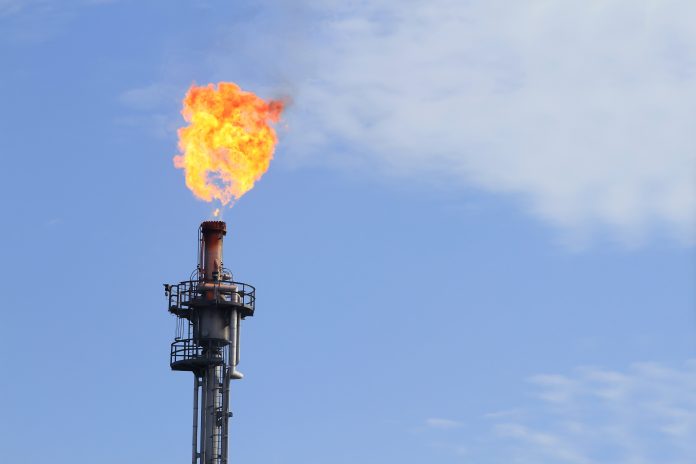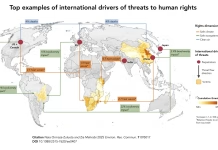A new quantum-enabled gas imaging camera will help reduce environmentally damaging methane leaks from the oil and gas industry
The quantum-enabled gas imaging camera can visualise and measure the amount of methane gas being lost through leaks from great distances.
Methane is 84 times more potent as a greenhouse gas than carbon dioxide and scientists estimate that if just 3.2% of methane brought up from wells leaks rather than being burnt, natural gas becomes even less eco-friendly than coal.
The camera will reduce costly losses of gas, make facilities safer and keep greenhouse gases out of the atmosphere.
It has been developed by University of Bristol spinout QLM Technology and funded by the Industrial Strategy Challenge Fund’s commercialising quantum technologies challenge.
COP26
UK Research and Innovation’s commercialising quantum technologies challenge director Roger McKinlay said: “This camera uses state of the art quantum technology to ‘see the invisible’.
“It will help reduce the amount of methane which escapes into the atmosphere through leaks, which is both costly to the oil and gas industry and damaging to the environment.
“In the year of COP26, innovations like this that find practical ways of reducing emissions have never been more important.”
Murray Reed, CEO of QLM Technology, said: “The oil and gas majors have pledged to significantly reduce their methane emissions, but you can’t manage what you can’t measure and no-one is measuring methane properly, continuously, and at scale.
“The scale of the problem is enormous, with more than half a million active gas wells in North America alone, and many thousands of offshore rigs and gas storage facilities worldwide.
“In the UK we have 24 major pipeline compressor stations, which power long-distance natural gas pipes, and hundreds of above ground storage installations. All are leaking at some time.”











